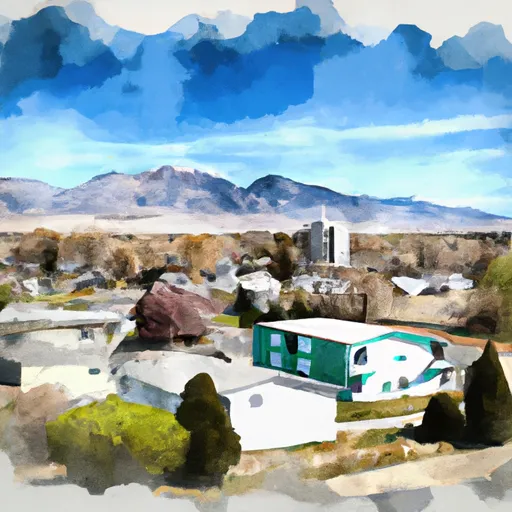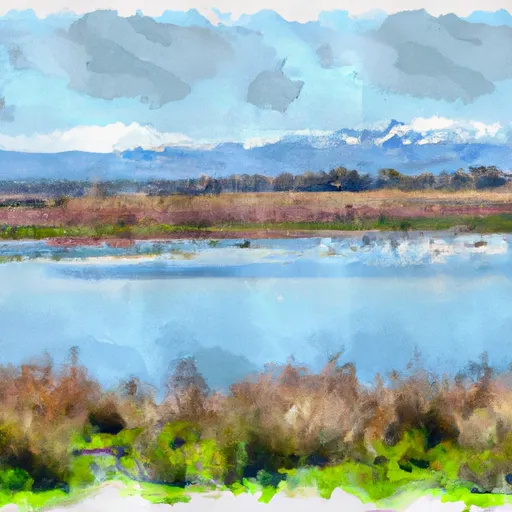°F
°F
mph
Windspeed
%
Humidity











Freedom, Idaho is a small town located in the southeastern corner of the state. The climate here is continental, with hot summers and cold winters, and the area receives an average of 25 inches of precipitation per year. Hydrology constituents include the Salt River and Palisades Reservoir, which offer excellent opportunities for fishing and water sports. Outdoor recreation opportunities in Freedom include hiking, camping, hunting, and snowmobiling in the nearby Caribou-Targhee National Forest. The area is also popular among ATV enthusiasts, with numerous trails and off-road areas available for exploration. With its beautiful natural surroundings and abundance of outdoor activities, Freedom is a popular destination for nature lovers and adventure seekers alike.
Weather Forecast
Freedom receives approximately 496mm of rain per year, with humidity levels near 72% and air temperatures averaging around 5°C. Freedom has a plant hardyness factor of 4, meaning plants and agriculture in this region thrive during a short period during spring and early summer. Most plants will die off during the colder winter months.
Regional Streamflow Levels
231
Cubic Feet Per Second
72
Cubic Feet Per Second
15
Cubic Feet Per Second
44
Cubic Feet Per Second
Nearby Camping
| Camping Area | Reservations | Toilets | Showers |
|---|---|---|---|
| Summit View | |||
| Tincup | |||
| Alpine | |||
| Diamond Creek | |||
| Allred Flat | |||
| Calamity |



